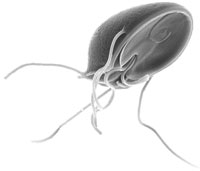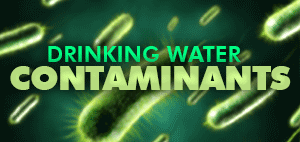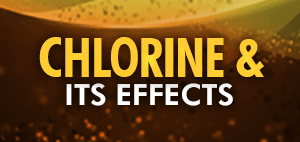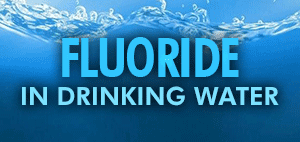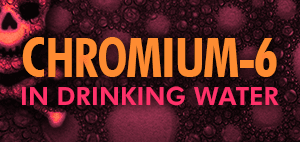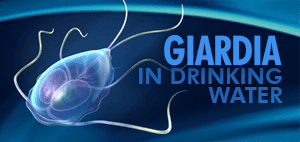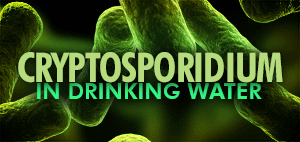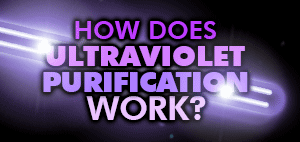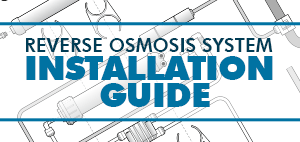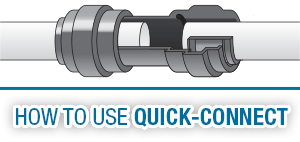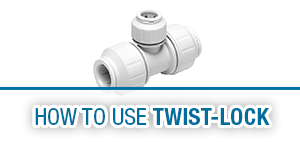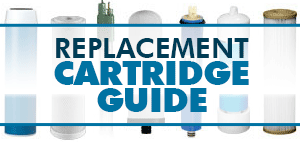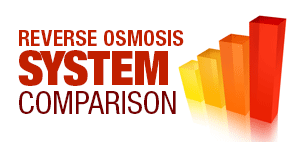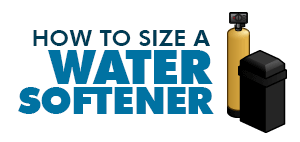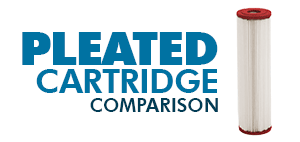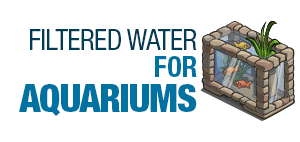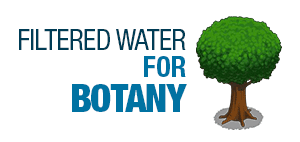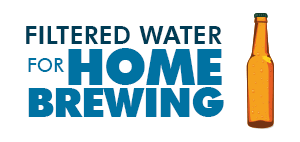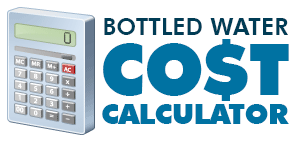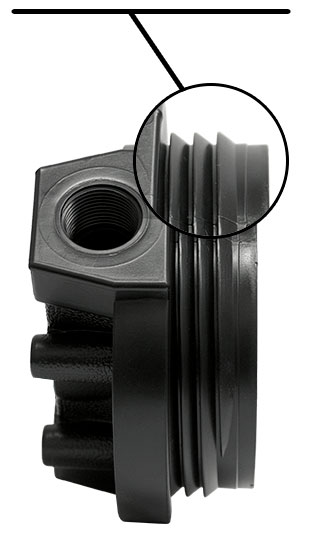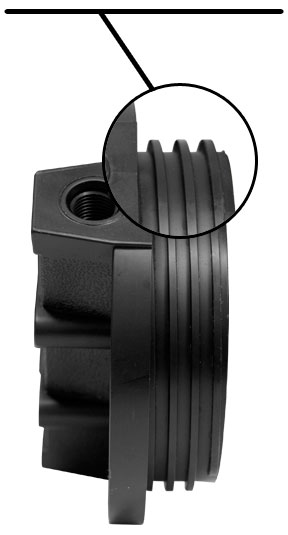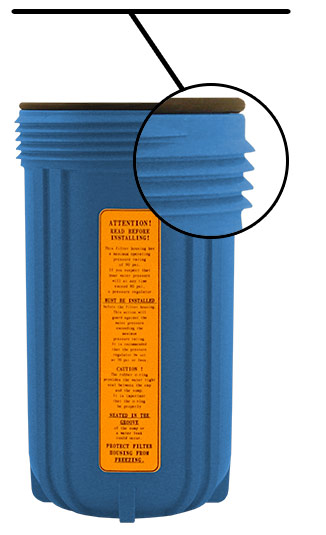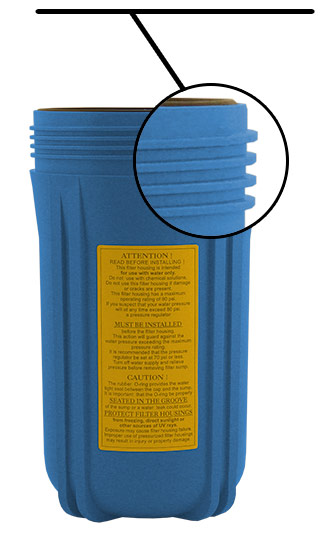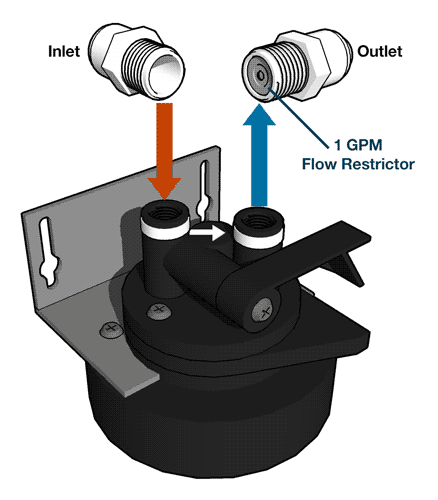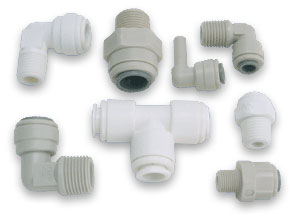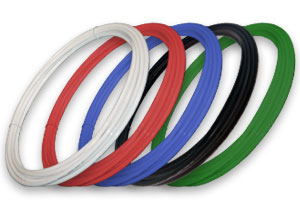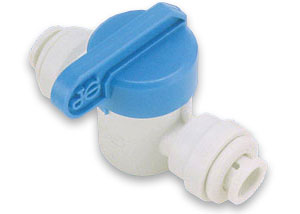What are Bacteria?
 Bacteria refers to a wide range of microorganisms which include coliform, cyanbacteria (algae), staphylococcus, legionella pneumophila (Legionaires’ disease), shigella dysenteriae (Dysentery), and escherichia coli (E. coli). Bacteria are some of the first forms of life to develop and can be found in almost every habitation the planet.
Bacteria refers to a wide range of microorganisms which include coliform, cyanbacteria (algae), staphylococcus, legionella pneumophila (Legionaires’ disease), shigella dysenteriae (Dysentery), and escherichia coli (E. coli). Bacteria are some of the first forms of life to develop and can be found in almost every habitation the planet.
Is There Bacteria in My Water?

Testing for specific types of bacteria is time-consuming and costly. Instead, organizations like the EPA and local water providers will test for Coliform bacteria, as it is an indicator that a water supply could be contaminated.
How To Remove Bacteria From Your Drinking Water?
There are multiple ways to disinfect drinking water. These are ultraviolet disinfection, continuous chlorination, shock chlorination, and distillation. Ultraviolet (UV) disinfection uses natural radioactive light to damage the DNA in microbes, preventing them from reproducing. Continuous chlorination disinfects using chlorine, however it will add a taste and odor to the water, not to mention trihalomethanes (THMs) can form when the chlorine interacts with organic matter present in the water. Shock chlorination uses chlorine as well, however this is a temporary solution. Distillation is the method of boiling water until it turns into steam, then re-condensing the steam back into water which kills any organism in the process. However distillation requires a lot of energy and time when compared with other purification methods.
Ultraviolet Systems
Ceramic Filter Cartridges & Candles
MAF-14EP Under Sink System
Look for this seal:
NSF 55 Certified
From NSF.org
NSF/ANSI Standard 55: Ultraviolet Microbiological Water Treatment Systems
Overview: This standard establishes requirements for point-of-use (POU) and point-of-entry (POE) ultraviolet systems and includes two optional classifications. Class A systems (40,000 uwsec/cm2) are designed to disinfect and/or remove microorganisms from contaminated water, including bacteria and viruses, to a safe level. Class B systems (16,000 uw-sec/cm2) are designed for supplemental bactericidal treatment of public drinking water or other drinking water, which has been deemed acceptable by a local health agency.
Sources of Information on Bacteria

The foregoing information was compiled from the the links listed above.

A boil-water advisory or boil-water order is a public health advisory or directive given by government or health authorities to consumers when a community’s drinking water is, or could be, contaminated by pathogens.

Learn how to make an emergency water filter for disaster situations out of some common items.
This method does work and can keep you heathly if clean potable water or a manufactured water filter system are unobtainable.

The Hydrologic Cycle (also called the Water Cycle) is the continuous movement of water in the air, on the surface of and below the Earth.
This cycle is the exchange of energy which influences climate. When water condenses, it releases energy and warms the environment.

90% of the garbage floating in the Earth’s oceans is plastic and less than 5% of all plastic is recycled.
The patch mostly consists of pelagic plastics, formed from plastic bags, plastic water bottles, bottle caps and styrofoam.

Hydraulic fracturing (sometimes referred to as fracking or hydrofracking) is a relatively new form of natural gas extraction.
The fluids used in the fracking process flow back to the surface, often entering the water table or polluting the drilling area, and sometimes improper disposal of waste water from the wells.

Chlorine has long been recognized as an oxidative agent, meaning that it not only kills the germs in the water supply; it will damage any living tissue with which it comes in contact. And your skin, like the rest of your organs, is living tissue. But that’s not the only problem.

Since the discovery of its health benefits in the mid-1940’s, fluoride is often added to the public water supplies of industrialized countries in order to reduce the populations tooth decay, which is especially effective in low income communities, where good dental hygiene may be too costly.

Chromium-6 was found in the drinking water supply of the southern California town of Hinkley and brought to national attention by Erin Brockovich.
The EPA is reviewing effects of Chromium-6 after a recent report brought to light dangerous levels in a number of major US cities.

Giardia is a flagellated protozoan parasite that colonizes and reproduces in the small intestines of humans and other animals, which can cause giardiasis.
Symptoms of Giardiasis usually show after 3 to 4 days, and include gastrointestinal and constitutional problems.

Cryptosporidiosis is a disease caused by the parasite Cryptosporidium parvum.
Since a outbreak in 1993 in Wisconson, new attention has been focused on determining and reducing the risk for Cryptosporidiosis from community and municipal water supplies.

What is ultraviolet light? Do I need to filter the water before the UV process? How exactly can light kill organisms?
Visit our ‘How Ultraviolet Purification Works‘ guide to find out how it works.

The typical water softener is a mechanical appliance that’s plumbed into your home’s water supply system. All water softeners use the same operating principle: They trade the minerals for something else, in most cases sodium. The process is called ion exchange. More…

Need to filter water but not sure about the differences between or applications of our systems?
Use our Water Filter Systems Guide to find out which system is best for your filtration needs.

The size of your water softener depeneds on the total grain per day that need to be removed.
This is determined by the number of people in your household, grain per gallon (GPG) hardness and the amount of Iron present in the water.

A micron is a unit of measurement for how small of particles a filter will catch. The lower the micron size, the tinier the ‘holes’ in the filter cartridge are that allows water to pass through, ranging from 0.1 absolute to 150 microns.
Use our Pore Size Efficiency Guide to find out what micron size to use.

Pleated sediment cartridges remove dirt, rust and sediment from water while providing an increased surface area and longer life. Pleated filters down to 5 microns are washable and reusable.
Use our Pleated Sediment Cartridge Comparison to find the filter cartridge you need.

Aquariums need three types of filtration to maintain a healthy environment for freshwater, saltwater or amphibian aquariums (sediment filtration, carbon filtration, and removal of biological contaminants).

When traveling around the state or the country in a RV you might not always know where you will be getting the water from or what might be in it. Water that is stored in a RV holding tank will not stay potable for long and can become a breeding ground for algae and bacteria.

Chemicals added to public water supplies, like chlorine, can be harmful to the living cells of plants.

When brewing beer with tap or bottled water, chlorine and chloramine present in the water can combine with malt phenols in the wort to create a compound called chlorophenol, which can give the beer a medicinal taste.
View our Filtered Water for Home Beer Brewing guide.

Bottled water requires a lot of resources to manufacture and ship, and costs a lot more than reverse osmosis water.
Use our Bottled Water Cost Calculator to find out how much of an impact you have on the environment.
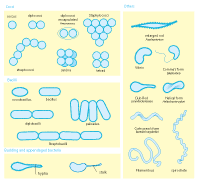 Bacteria refers to a wide range of microorganisms which include coliform, cyanbacteria (algae), staphylococcus, legionella pneumophila (Legionaires’ disease), shigella dysenteriae (Dysentery), and escherichia coli (E. coli). Bacteria are some of the first forms of life to develop and can be found in almost every habitation the planet.
Bacteria refers to a wide range of microorganisms which include coliform, cyanbacteria (algae), staphylococcus, legionella pneumophila (Legionaires’ disease), shigella dysenteriae (Dysentery), and escherichia coli (E. coli). Bacteria are some of the first forms of life to develop and can be found in almost every habitation the planet.